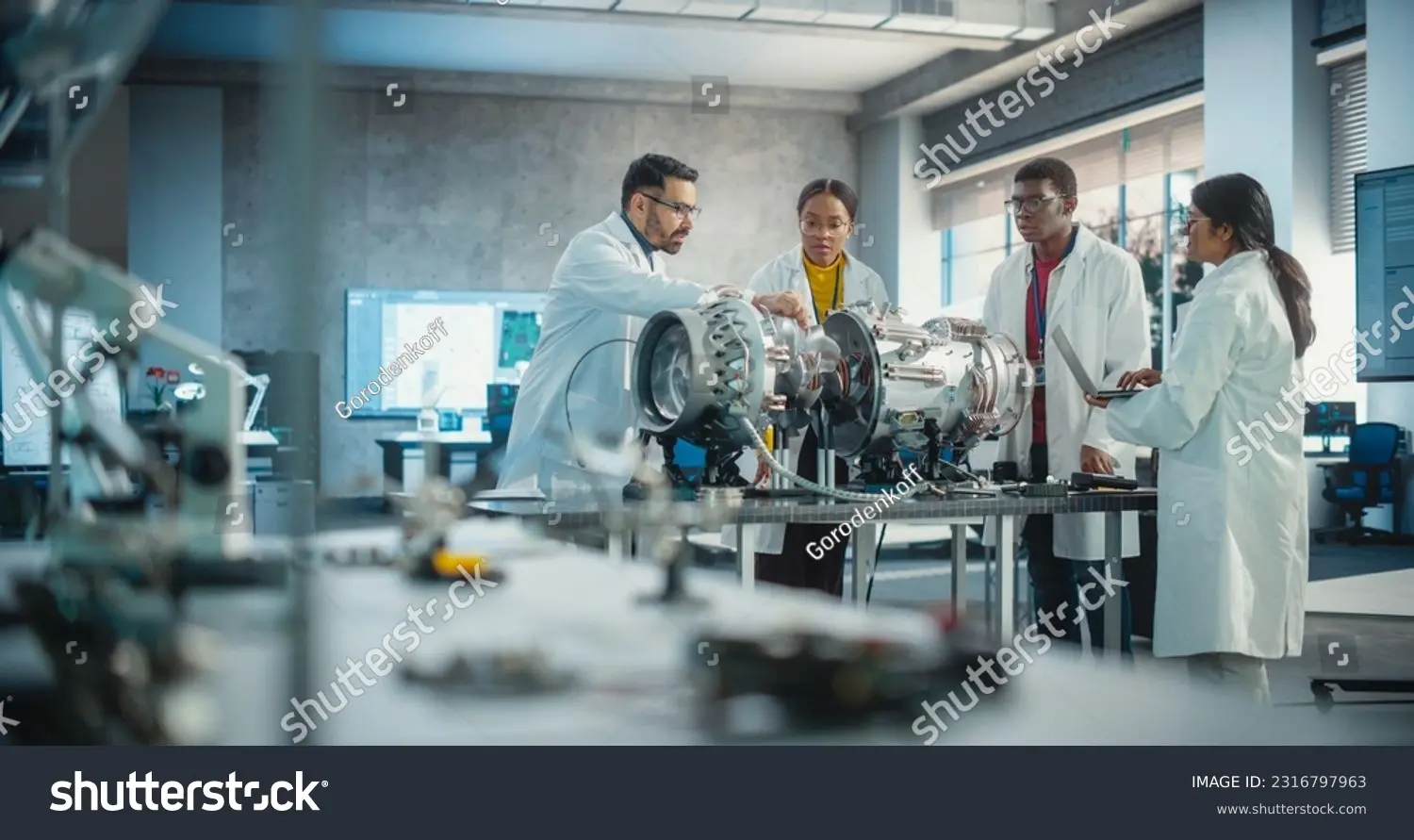- Home
- Industries
- Aerospace
Aerospace
Highly Reliable and Performance-Optimized Aerospace Manufacturing
CEIA provides aerospace-specification induction heating systems, meticulously engineered for precision control, process repeatability, and optimized energy efficiency. Encompassing applications from the copper brazing of critical fuel conduits and thermal exchange units to the localized surface hardening of turbine airfoil sections and undercarriage components, our advanced technology enables prime manufacturers to satisfy the aerospace sector’s most rigorous criteria for performance assurance, operational safety, and quality conformity.
Initiate a Consultation to determine how the integration of CEIA induction heating technology can enhance your operational throughput and component systemic reliability.

Why Induction Heating Is Essential in Aerospace Manufacturing
Surface Hardening for Maximum Fatigue Resistance
Aerospace components operate under extreme environmental and mechanical conditions and must withstand wear, vibration, and fatigue stresses. CEIA USA induction systems provide precise surface hardening processes for landing gear shafts, turbine discs, actuators, and motor housings, enhancing component service life without compromising dimensional tolerances.
Copper Brazing for Critical Joints
Our induction solutions are optimized for copper brazing of aerospace fuel lines, hydraulic manifolds, and heat exchangers. This technique ensures leak-proof, oxidation-resistant joints compliant with stringent aerospace specifications, while minimizing post-process cleaning requirements and distortion risks.
Stress Relieving and Annealing
CEIA induction heating delivers controlled stress relieving and annealing treatments for welded or machined components, mitigating residual stresses and preventing crack formation in engine mounts, structural frames, and composite support assemblies.
Shrink Fitting for Precision Assembly
During assembly of high-precision components such as bearings, stators, and actuators, induction heating facilitates accurate shrink fitting without the application of mechanical force, ensuring alignment accuracy, process repeatability, and operational reliability.
Key Aerospace Applications
Application |
Common Components |
Benefits |
|
Surface Hardening
|
Landing gear shafts, actuators, turbine blades
|
Enhanced fatigue resistance, wear durability
|
|
Copper Brazing
|
Fuel lines, heat exchangers, hydraulic systems
|
Leak-tight joints, superior reliability
|
|
Stress Relieving & Annealing
|
Engine mounts, welded assemblies
|
Minimized distortion, improved structural integrity
|
|
Shrink Fitting
|
Bearings, stators, motor housings
|
Precise interference fits, zero mechanical stress
|
|
Composite Bonding & Coating Cure
|
Composite panels, fuselage sections
|
Rapid, uniform adhesive curing and bonding strength
|
Partner With CEIA for Your Aerospace Projects
From copper brazing of critical fuel system components to hardening turbine parts and bonding composite structures, CEIA delivers the expertise, reliability, and advanced technology that aerospace manufacturers globally rely upon.
CEIA Expertise in Aerospace Induction Heating
With over 30 years of experience, CEIA develops induction heating solutions for leading aerospace manufacturers worldwide. Our systems are renowned for reliability, precise process control, and compliance with aerospace industry standards including AS9100 and ISO 9001.
Our Capabilities Include:
- Precision temperature monitoring and closed-loop feedback control
- Custom coil engineering for complex aerospace geometries
- Automated process integration for high-volume production
- Research and development collaborations for advanced materials and joining technologies
Experience and Authority
CEIA engineers partner with aerospace OEMs and Tier-1 suppliers to develop heating profiles optimized for titanium, Inconel, stainless steel, and advanced composite materials. This applied expertise ensures our technology satisfies stringent testing, certification, and traceability requirements.
Sustainable and Energy-Efficient Aerospace Manufacturing
Sustainability is integral to CEIA’s innovation strategy. Induction heating delivers localized, energy-efficient thermal processing that reduces waste and lowers overall energy consumption. Compared to conventional furnace methods, CEIA systems provide the following energy savings:
- Reduced carbon footprint in aerospace component manufacturing
- Consistent quality with minimal rework and scrap rates
By integrating sustainable manufacturing techniques with precision thermal control, CEIA supports the aerospace sector’s progression towards lighter, stronger, and more environmentally responsible flight technologies.

